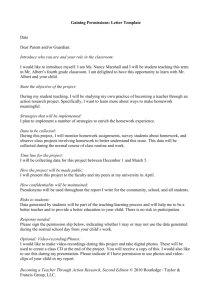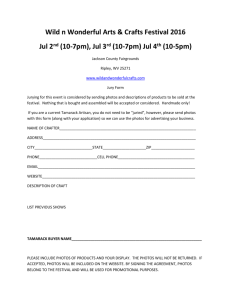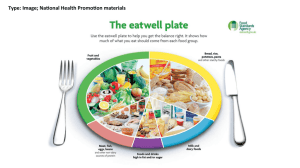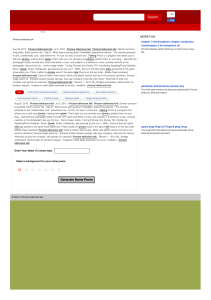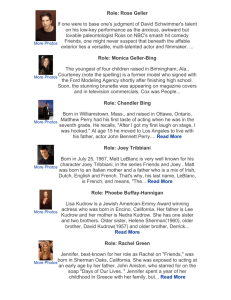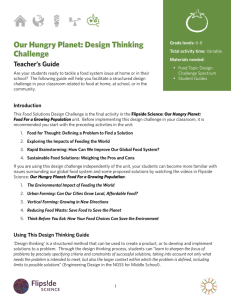How does the food crisis impact children? - Your Movement
advertisement
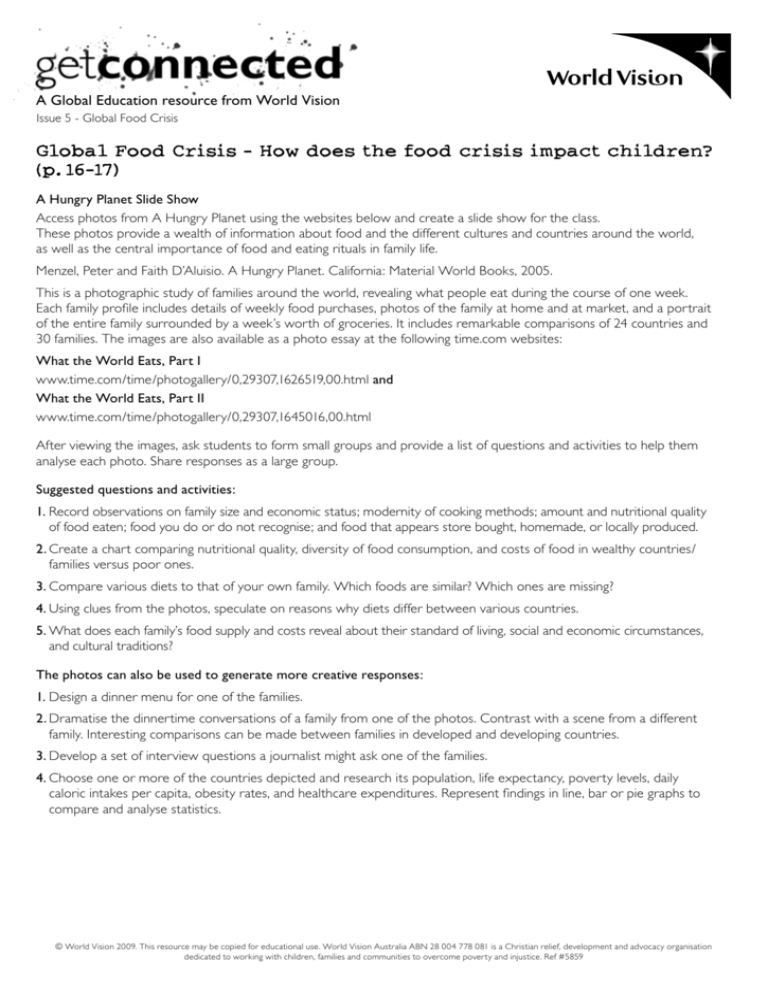
A Global Education resource from World Vision Issue 5 - Global Food Crisis Global Food Crisis - How does the food crisis impact children? (p. 16-17) A Hungry Planet Slide Show Access photos from A Hungry Planet using the websites below and create a slide show for the class. These photos provide a wealth of information about food and the different cultures and countries around the world, as well as the central importance of food and eating rituals in family life. Menzel, Peter and Faith D’Aluisio. A Hungry Planet. California: Material World Books, 2005. This is a photographic study of families around the world, revealing what people eat during the course of one week. Each family profile includes details of weekly food purchases, photos of the family at home and at market, and a portrait of the entire family surrounded by a week’s worth of groceries. It includes remarkable comparisons of 24 countries and 30 families. The images are also available as a photo essay at the following time.com websites: What the World Eats, Part I www.time.com/time/photogallery/0,29307,1626519,00.html and What the World Eats, Part II www.time.com/time/photogallery/0,29307,1645016,00.html After viewing the images, ask students to form small groups and provide a list of questions and activities to help them analyse each photo. Share responses as a large group. Suggested questions and activities: 1.Record observations on family size and economic status; modernity of cooking methods; amount and nutritional quality of food eaten; food you do or do not recognise; and food that appears store bought, homemade, or locally produced. 2.Create a chart comparing nutritional quality, diversity of food consumption, and costs of food in wealthy countries/ families versus poor ones. 3.Compare various diets to that of your own family. Which foods are similar? Which ones are missing? 4.Using clues from the photos, speculate on reasons why diets differ between various countries. 5.What does each family’s food supply and costs reveal about their standard of living, social and economic circumstances, and cultural traditions? The photos can also be used to generate more creative responses: 1.Design a dinner menu for one of the families. 2.Dramatise the dinnertime conversations of a family from one of the photos. Contrast with a scene from a different family. Interesting comparisons can be made between families in developed and developing countries. 3.Develop a set of interview questions a journalist might ask one of the families. 4.Choose one or more of the countries depicted and research its population, life expectancy, poverty levels, daily caloric intakes per capita, obesity rates, and healthcare expenditures. Represent findings in line, bar or pie graphs to compare and analyse statistics. © World Vision 2009. This resource may be copied for educational use. World Vision Australia ABN 28 004 778 081 is a Christian relief, development and advocacy organisation dedicated to working with children, families and communities to overcome poverty and injustice. Ref #5859



